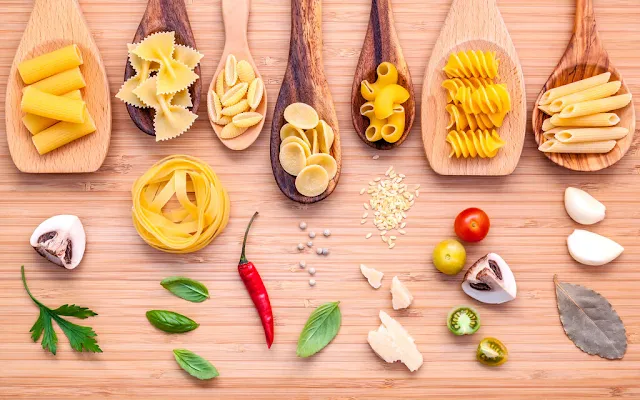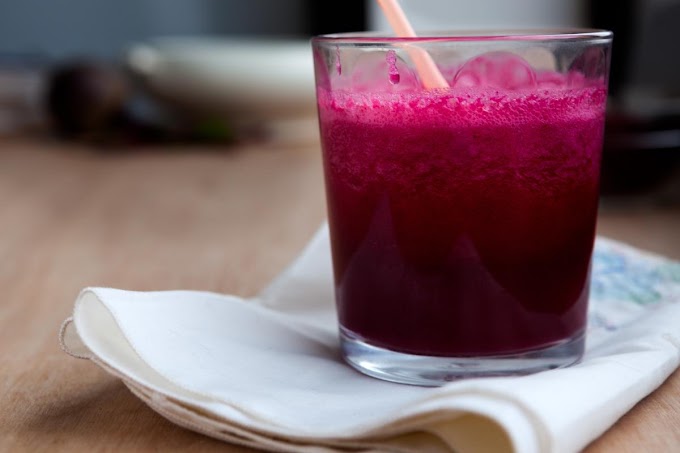Making pasta at home is a delightful culinary experience that combines simplicity with the rich satisfaction of a homemade meal. Whether you’re a beginner or an experienced cook, pasta is a versatile dish that you can prepare easily with a few ingredients and some basic steps. This guide will walk you through making pasta from scratch and creating a delicious homemade pasta dish that’s sure to impress.
1. Choosing the Right Ingredients
The beauty of homemade pasta lies in its simplicity. You only need a handful of ingredients:
Flour: The most common flour used is all-purpose flour or semolina flour, which gives the pasta a slightly coarser texture. You can also use a combination of both for the best of both worlds.
Eggs: Fresh eggs add richness to the pasta dough and give it a lovely yellow color.
Salt: A pinch of salt enhances the flavor of the pasta.
Olive Oil: This is optional but can add a bit of smoothness to the dough.
For a basic pasta dough, the ratio is typically one egg to every 100 grams of flour. This makes enough pasta for one serving.
2. Making the Dough
Step 1: Prepare Your Workspace
Start by cleaning your countertop or using a large mixing bowl. Pour the flour onto the surface or into the bowl and create a well in the center. This is where you’ll add your eggs.
Step 2: Mixing the Ingredients
Crack the eggs into the well, and add a pinch of salt. If you’re using olive oil, add a tablespoon at this stage. Using a fork, slowly whisk the eggs, gradually incorporating the flour from the sides of the well. As the mixture starts to come together, use your hands to knead the dough until all the flour is incorporated.
Step 3: Kneading the Dough
Kneading is crucial as it helps develop the gluten, giving the pasta its structure. Knead the dough for about 10 minutes until it becomes smooth and elastic. If the dough feels too sticky, sprinkle a bit more flour; if it’s too dry, add a tiny amount of water.
Step 4: Resting the Dough
Once the dough is smooth, shape it into a ball, wrap it in plastic wrap, and let it rest at room temperature for at least 30 minutes. This rest period allows the gluten to relax, making the dough easier to roll out.
3. Rolling and Shaping the Pasta
After the dough has rested, it’s time to roll it out. You can use a rolling pin or a pasta machine.
Step 1: Dividing the Dough
Cut the dough into smaller, manageable pieces. If you’re using a pasta machine, start with the widest setting and pass the dough through. Fold the dough in half and pass it through again, repeating this process a few times to build up the gluten structure.
Step 2: Rolling the Dough
Gradually narrow the setting on the pasta machine, passing the dough through each setting until you reach the desired thickness. If you’re using a rolling pin, roll the dough out as thinly as possible on a lightly floured surface.
Step 3: Shaping the Pasta
Now that your dough is rolled out, you can cut it into the desired shape. For tagliatelle or fettuccine, roll the dough into a loose cylinder and slice it into ribbons. For lasagna sheets, cut the dough into large rectangles. If you’re making ravioli, place small mounds of filling on one sheet of dough, cover with another sheet, and press to seal the edges.
4. Cooking the Pasta
Cooking fresh pasta is quick and easy.
Step 1: Boiling Water
Bring a large pot of salted water to a rolling boil. The water should be as salty as the sea to properly season the pasta.
Step 2: Cooking the Pasta
Drop the pasta into the boiling water. Fresh pasta cooks much faster than dried pasta, usually in about 2-3 minutes. The pasta is ready when it floats to the top and is tender but still firm to the bite (al dente).
Step 3: Draining the Pasta
Once cooked, use a slotted spoon or a pasta strainer to remove the pasta from the water. Reserve a cup of pasta water if you plan to make a sauce; the starchy water can help thicken and bind the sauce.
5. Making a Simple Pasta Sauce
A good pasta deserves a great sauce. Here’s a quick recipe for a classic tomato sauce:
Ingredients:
2 tablespoons olive oil
2 cloves garlic, minced
1 can (400g) of crushed tomatoes
Salt and pepper to taste
A handful of fresh basil leaves
Grated Parmesan cheese (optional)
Step 1: Sauté the Garlic
In a large skillet, heat the olive oil over medium heat. Add the minced garlic and sauté until fragrant, about 1 minute.
Step 2: Add the Tomatoes
Pour in the crushed tomatoes and stir well. Season with salt and pepper. Let the sauce simmer for about 10-15 minutes, allowing the flavors to meld together.
Step 3: Add the Pasta
Once the sauce has thickened, add the cooked pasta directly into the skillet. Toss the pasta in the sauce until it’s well coated. If the sauce is too thick, add a splash of the reserved pasta water to achieve the desired consistency.
Step 4: Garnish and Serve
Tear the fresh basil leaves over the pasta and give it one final toss. Serve the pasta hot, with a generous sprinkle of grated Parmesan cheese on top.
6. Tips and Tricks for Perfect Pasta
Don’t Overwork the Dough: Knead just until the dough is smooth and elastic. Over-kneading can make the pasta tough.
Use Fresh Ingredients: Fresh eggs and high-quality flour make a noticeable difference in the flavor and texture of your pasta.
Experiment with Flavors: Add herbs, spinach, or even squid ink to your dough for a colorful and flavorful twist.
Don’t Overcook the Pasta: Fresh pasta cooks quickly, so keep a close eye on it to avoid a mushy texture.
Conclusion
Making pasta at home is not only easy but also incredibly rewarding. With just a few ingredients and a bit of time, you can create a delicious meal that’s sure to impress. Whether you’re serving it with a simple tomato sauce or a more elaborate creation, homemade pasta is a true culinary delight that everyone can enjoy. So roll up your sleeves, grab some flour and eggs, and get ready to make the best pasta you’ve ever tasted!








Social Plugin